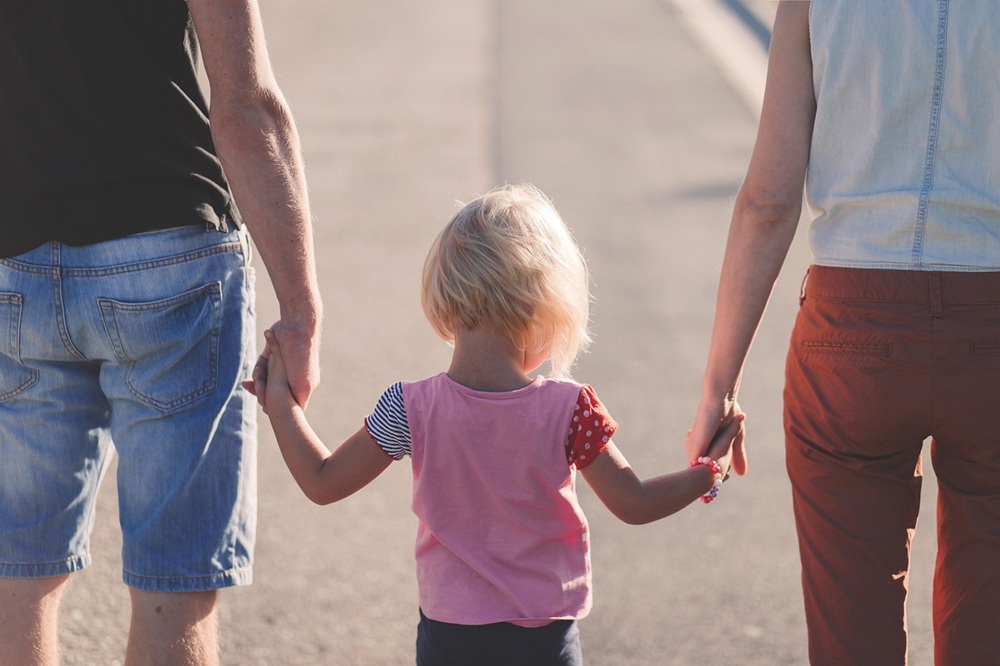The environment a child grows up in shapes nearly every aspect of their development. When that environment is characterized by frequent disruptions, emotional upheaval, or unpredictability, the consequences often echo well into adulthood. Family instability, whether due to divorce, frequent relocations, substance abuse, or ongoing conflict, can leave lasting impressions on a child’s emotional, social, and cognitive well-being.
Stable households don’t have to be perfect, but they do provide children with a sense of safety, structure, and emotional consistency. In contrast, instability creates chronic stress, limits coping skills, and can delay critical developmental milestones. Understanding the deeper effects of such instability is important for caregivers, educators, and policymakers who want to foster resilience and intervene early.
Substance Abuse and Emotional Turbulence at Home
One of the most common sources of family instability is substance abuse. Children raised in households where addiction is present often experience a wide range of emotional and behavioral challenges. The unpredictability of a parent’s moods or actions, neglect of basic needs, and exposure to unsafe situations can leave children hypervigilant and emotionally guarded.
These children may develop anxiety, depression, or trust issues. The home environment becomes a source of fear rather than comfort, undermining their ability to form secure attachments. Long-term, they may struggle in school, have difficulty maintaining relationships, or even replicate addictive behaviors themselves. In homes where recovery becomes part of the family journey, understanding the effects of rehab on addiction is crucial. While rehabilitation can initiate positive change, the process of healing takes time. Children benefit when they are included in age-appropriate ways and supported through the shifts in family roles and expectations.
Open communication and consistent therapy help rebuild trust and stabilize the household during and after a loved one’s recovery.
Academic and Developmental Setbacks
Children facing constant transitions or emotional unrest at home often struggle to focus and succeed in school. Instability can result in missed days, frequent changes in schools, or a lack of quiet, structured time to complete homework. These educational disruptions impact both learning and social development.
Chronic stress affects a child’s ability to concentrate, retain information, and engage in classroom discussions. Some may act out behaviorally, while others retreat entirely. Educators may misinterpret these signs as disinterest or defiance when they’re actually rooted in deeper emotional distress.
Over the long term, this educational turbulence may limit a child’s academic potential, reduce their self-esteem, and diminish their opportunities later in life. Early intervention through school counselors, special education services, or mentorship programs can make a significant difference in supporting children through these challenges.
Trust Issues and Difficulty Forming Healthy Relationships
Children who grow up in unpredictable or conflict-ridden homes often carry that emotional baggage into their future relationships. When trust is repeatedly broken, whether through abandonment, emotional manipulation, or inconsistency, they may develop self-protective behaviors that limit emotional vulnerability.
This can manifest in adulthood as fear of commitment, difficulty expressing emotions, or an overreliance on control in relationships. These patterns can be hard to break without conscious effort and, often, therapeutic support.
Recognizing these behaviors early and modeling healthy communication and boundaries can help children begin to form more secure emotional templates. Positive adult role models and supportive peer groups can help rebuild that foundational trust.
Mental Health Struggles in Adolescence and Beyond
Family instability has a well-documented impact on long-term mental health. Exposure to toxic stress, unresolved trauma, and lack of emotional support in childhood can increase the risk of developing mental health disorders during adolescence and adulthood.
Anxiety, depression, post-traumatic stress disorder (PTSD), and substance use disorders are common among those who experienced instability growing up. The earlier these struggles are acknowledged and addressed, the better the outcomes. Children benefit from learning coping strategies, identifying emotional triggers, and establishing supportive outlets before these issues compound.
Even small, consistent efforts, such as access to counseling, participation in youth programs, or one-on-one support from a trusted adult, can foster resilience and give children the tools they need to manage their emotional health.
Generational Patterns and Repetition

Perhaps one of the most concerning consequences of family instability is its potential to repeat across generations. Children raised in chaotic environments often internalize those dynamics as “normal,” unconsciously replicating them in adulthood. This could include relationship dysfunction, financial mismanagement, or inconsistent parenting.
Breaking this cycle requires both awareness and support. Adults who grew up in unstable homes may need to unlearn certain behaviors and develop healthier models of family life. This is often possible with the help of therapy, community programs, or supportive partnerships that emphasize growth and healing.
Family instability isn’t always preventable, but its impact can be managed, and even reversed, through early intervention, open communication, and long-term support. Children are incredibly resilient when they feel seen, heard, and supported. By understanding the long-term consequences and addressing them head-on, families and communities can create a more stable foundation for future generations. Building emotional safety at home is not only vital for children’s immediate well-being, but it’s also an investment in their lifelong capacity to thrive.

